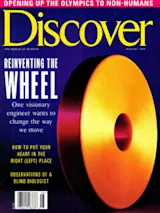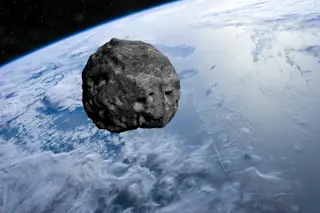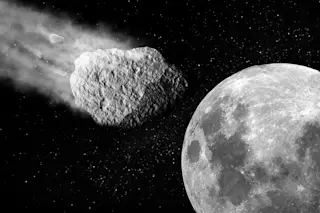We live in a universe where nothing stands still, and yet only one kind of celestial object displays any obvious movement to the naked eye. Punctuating the night’s starry still life, meteors alone remind us that faster-than-bullet velocities are commonplace even in the sleepy backwater of our solar system.
August is the classic meteor-viewing month because of its famous Perseid shower, during which the background rate of six shooting stars each hour increases tenfold. This year’s shower promises to be particularly dazzling because the moon--that nemesis of meteor gazing--will be utterly absent until a harmless thin crescent rises at dawn.
Timing is everything: the intensity of a meteor shower depends on the position of the radiant--the point in the sky whence meteors seem to emanate. Before the radiant rises, the only meteors visible to us are the small percentage that shoot far enough upward from that source to clear the ...














